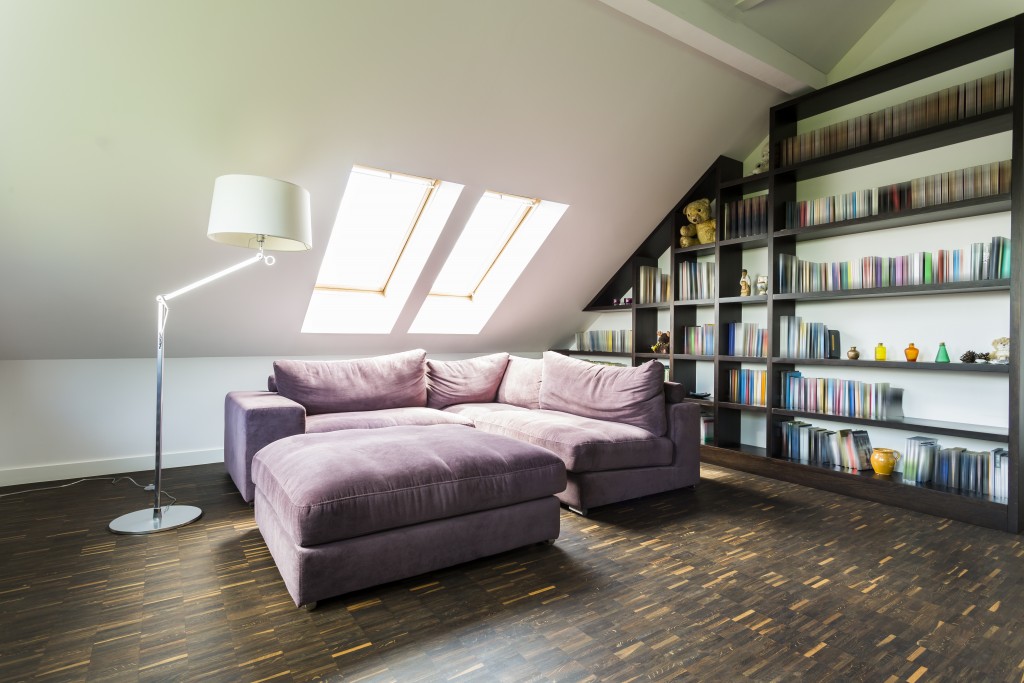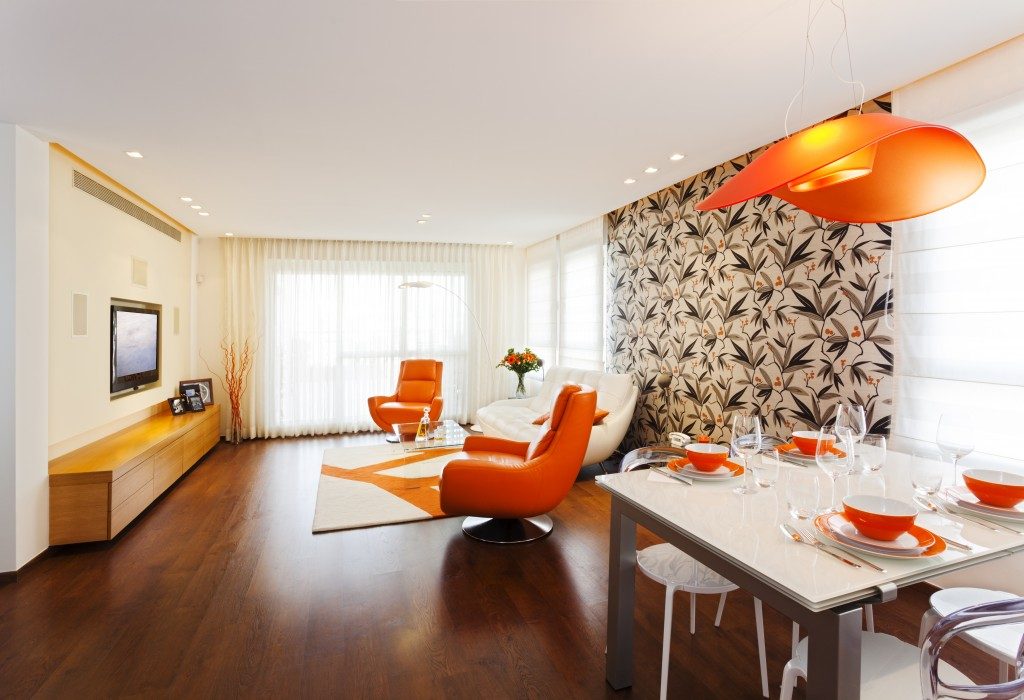You’ve heard of it before, and probably seen countless examples on magazines and interior design blogs, but when you want to go about creating a modern interior design for your home, what are the key elements? Do you have to buy everything at IKEA and clear out your old stuff? Or is there something else to consider that will set you apart from Scandinavian or contemporary traditions? Here’s what to look at.
Lines and proportions
The definition of modern interior design may be a little fuzzy to the layman, but most people know it on sight – and the key to that is focusing on lines and proportions. The strong vertical and horizontal lines within a structure are further echoed and emphasised by other elements; a new staircase design, for example, can have hidden stringers to achieve an effect of floating lines. Furniture and décor should also be chosen and arranged with this principle in mind.
Open layout
Modern spaces encourage the active flow of energy, while at the same time removing unnecessary structures or elements. Having an open-plan layout in your home is an essential means of achieving both. You can still have distinct areas – for example, the living room, dining room, and kitchen – but instead of putting up walls between them, use a long table or countertop, for instance. This way, you can delineate areas without physically separating them.
Clean and functional
While minimalism isn’t exclusively a characteristic of modern design, it certainly helps to stick to what’s functional or necessary when going over every aspect of your interior. Remove clutter from shelves, mantels, tables, and other areas, leaving only a few curated items for the eye to focus on. In keeping with the overall aesthetic, any decorative elements should be geometric in form or arrangement, and have a function – a coffee table book, for instance, works better in this aesthetic than a piece of sculpture.

Neutral colours
Partly in response to previous decades of ornate, embellished décor and colours, the modern design period emphasised the use of neutral colours throughout interiors. For the most part, you’ll want to use white and shades of grey as your foundation colours. To avoid the potential cold or clinical impression that this sort of palette can convey, mix in some warm, natural hues, or use bold, saturated colours as accents in your furniture or fabrics.
Industrial materials
With its roots in the mid-1900s, modern interior design is strongly associated with the use of industrial materials such as concrete, steel, and glass. While you can certainly bring in other materials to add textural interest and contrast, such as wood or leather, these should remain a minor element. Use them to bring more warmth and earth tones, while the larger areas and structures showcase the core materials of modern design.
Abstract art
Another way to anchor your design more firmly in the modern tradition, as opposed to contemporary or similar styles, is to spice up your interior with abstract art. These pieces let you introduce bold colours and expressive forms, which were hallmarks of the modern art movement coinciding with the rapid industrialisation of society at the time. Hang one large piece on your wall, and make a big statement, rather than putting up a gallery of smaller paintings which can create a cluttered look.
Using these design elements, you can properly fashion a true modern living space and add further personal touches as you see fit.

